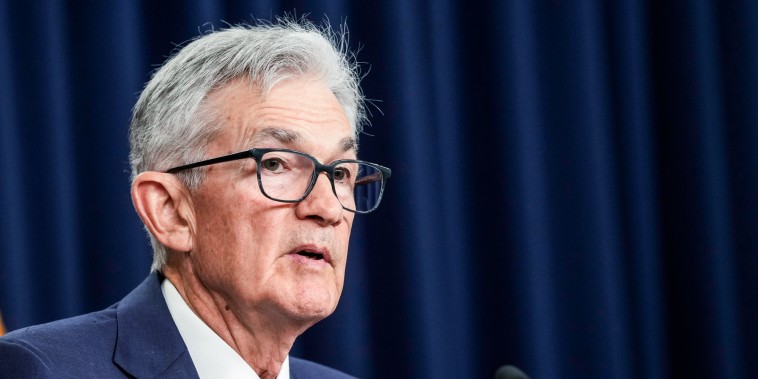In a recent interview with CNBC, Federal Reserve Chair Jerome Powell reassured the public that there is no sign of stagflation in the U.S. economy. Stagflation, a term that combines stagnation and inflation, describes an economic situation in which inflation is high, economic growth is slow, and unemployment remains persistently high.
Powell’s statement comes as welcome news to many Americans, who have been concerned about the possibility of stagflation following the economic disruptions caused by the COVID-19 pandemic. Stagflation is a particularly challenging scenario for policymakers, as it requires a delicate balance of fiscal and monetary policy to address both inflation and unemployment simultaneously.
During the interview, Powell noted that while inflation has risen in recent months, he believes it is driven primarily by temporary factors such as supply chain disruptions and pent-up demand as the economy reopens. He emphasized the Federal Reserve’s commitment to its dual mandate of price stability and maximum employment, indicating that the central bank will take the necessary steps to support a strong and inclusive economic recovery.
The Federal Reserve has already initiated a number of measures to support the economy, including maintaining low interest rates and purchasing assets to provide liquidity to financial markets. Powell reiterated that the Fed will continue to closely monitor economic data and adjust its policies as needed to support a sustainable recovery.
Despite Powell’s reassurances, some economists remain cautious about the potential risks of stagflation. The unprecedented scale of government stimulus measures and disruptions to global supply chains could have unpredictable effects on the economy in the months ahead. It will be crucial for policymakers to remain vigilant and agile in responding to evolving economic conditions to prevent the onset of stagflation.
In conclusion, Jerome Powell’s statement that there is no sign of stagflation in the U.S. economy provides a sense of relief and optimism for many observers. However, the complex and interconnected nature of the global economy means that risks remain, and policymakers must be prepared to address any challenges that may arise. By staying vigilant and responding proactively to economic developments, the U.S. can navigate its way towards a sustainable and inclusive recovery from the disruptions of the past year.

